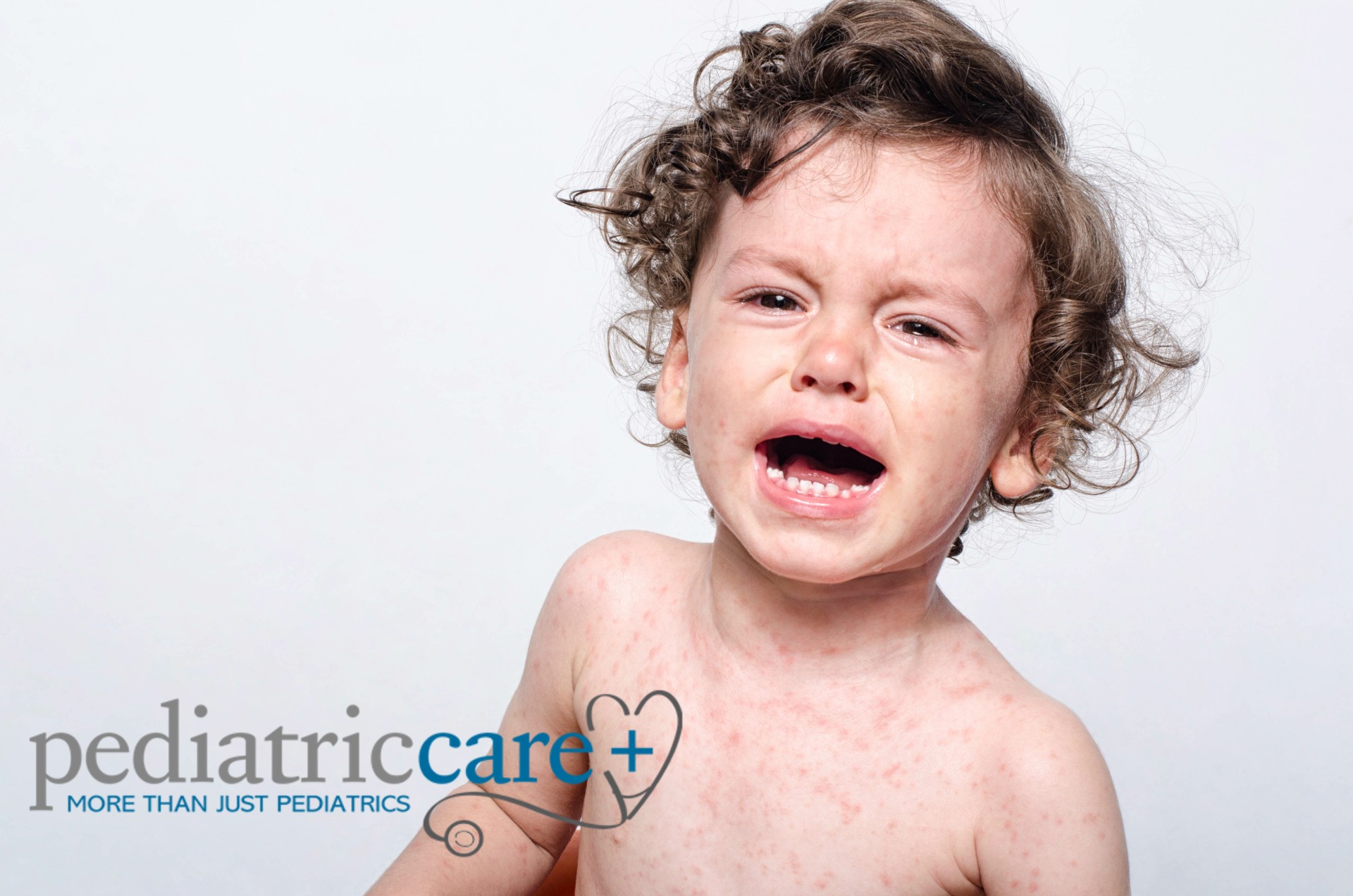Hives are a skin condition with raised, itchy welts caused by histamine release. Hives usually appear out of the blue without warning. 15 to 20% of people will experience hives in their lives at some point.
They can be small and round red bumps or larger swellings of all different shapes. Sometimes they are even ring or donut-shaped or shaped like a target. The rings may look purplish or bruise-like. Sometimes this purple patch will last longer than the hive itself. Hives are usually itchy and can appear anywhere on the body. Swelling of the hands and feet can be common in younger children.
They often result from allergens, stress, infections, or medications. They also typically occur when your body reacts to a viral infection. Common viruses that might trigger hives include the common cold, flu, or more specific viral infections like Epstein-Barr virus. Strep is a common bacterial infection that can cause hives, and sometimes a bladder infection.
Hives can be an indication of a food reaction, a reaction to a plant, a reaction to pollen or pet saliva, or a bee sting. Hives can be accompanied by an anaphylactic reaction, which is the sudden onset of hives with trouble breathing or swallowing. This is a severe allergic reaction to an allergic food or drug. Most often begins within 30 minutes of swallowing the substance. Always within 2 hours of exposure.
If you suspect that your hives are caused by a virus, consulting with a healthcare professional for accurate diagnosis and treatment options is advisable.
Typically providers expect hives to come and go for around 10 days and then clear up. Hives that last beyond six weeks are considered chronic, most likely caused by the immune system. Managing chronic hives typically involves identifying and avoiding triggers, if possible, and using medications to control symptoms.
Antihistamines are the main treatment for hives, a lot of times accompanied by diphenhydramine. Interestingly, over 30% of the time, the cause of the hives in never found.






